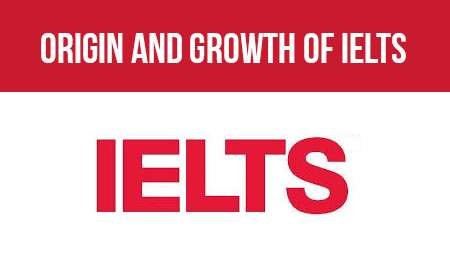Test to prove proficiency in using English
There are several standardized tests that provide English proficiency assessment and IELTS is the most popular and commonly used testing method which certifies English communication proficiency of non-native English users. IELTS is jointly managed by IDP, British Council Division and Cambridge Assessment English. Thousands of Students around the world take the IELTS exam to secure admission in universities and colleges in English speaking countries like Canada, Australia, New Zealand, England and Unites states of America. Similarly thousands of people from countries where English is not the mother tongue take IELTS to prove their aptness in using English so that they can immigrate to the developed English speaking countries.
Cambridge assessment English
Cambridge assessment English is one of the functions of the prestigious University of Cambridge. This function of the Cambridge University produces a wide variety of qualifications for English language learners and IELTS is the most important of them all.
History of IELTS
The origin of IELTS dates back to 1980. It started as a joint venture of Cambridge English Language Assessment and the British Council. In 1980 this venture was called UCLES or University of Cambridge Local Examination Syndicate. The number of test takers rose from 4,000 to 10,000 in 5 years but there were a lot challenges in managing and conducting the test. The ELTS or English Language Testing Standard project was started to counter the test administration challenges. There was a pressing need of international participation for redesigning the test and IDP the International Development program of Australian colleges and Universities joined hands with Cambridge English Language Assessment and the British Council. This international joint venture became IELTS and went live in 1989. Since then IELTS has gone through 3 major design revisions in 1995, 2001 and 2005 to become what it is today.





